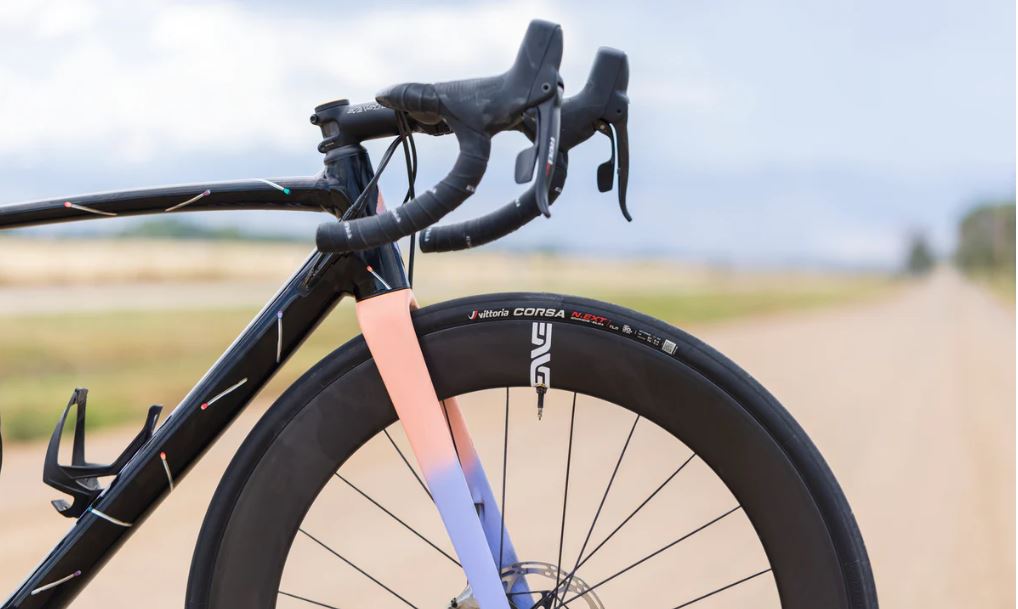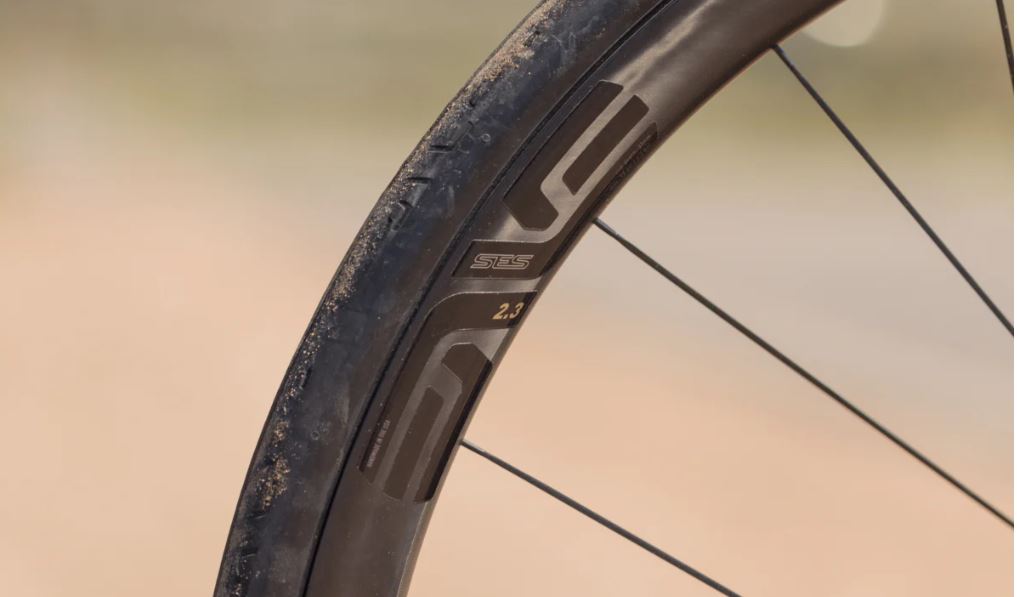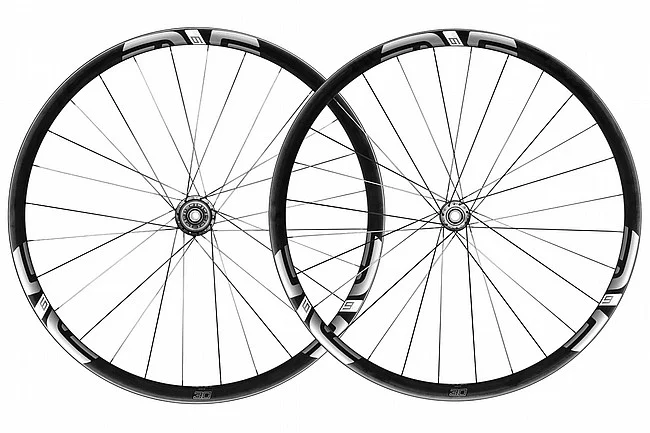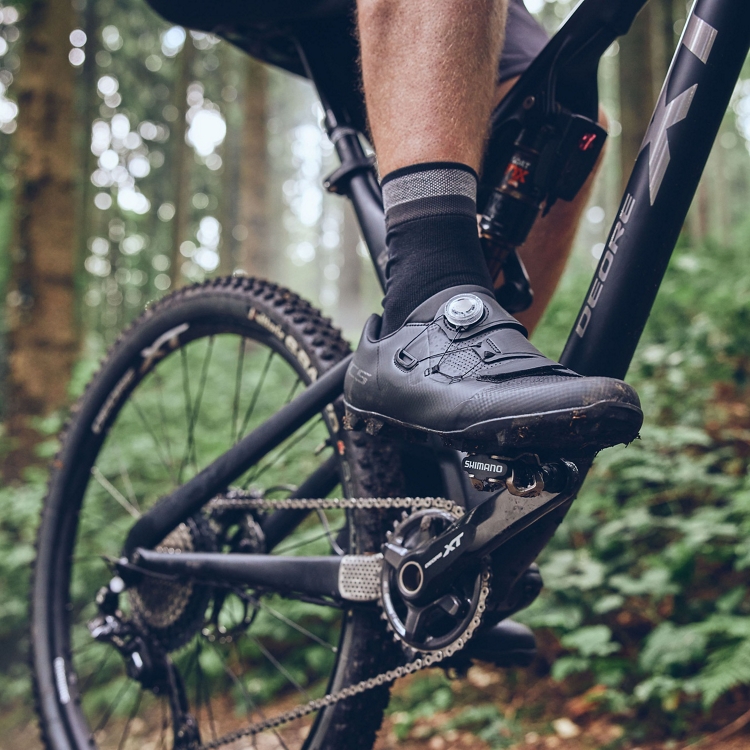The Significance of Rim Depth on Road Bikes: A Personal Journey Through Aerodynamics and Speed

Key Point Summary of The Significance of Rim Depth on Road Bikes:
- Rim Depth and Aerodynamics: Deeper rims reduce air resistance, offering an aerodynamic advantage, especially at higher speeds.
- Impact on Speed: While deeper rims can increase speed, they also require more power to overcome additional weight and wind resistance at lower speeds.
- Handling and Stability: Shallower rims offer better handling in crosswinds, making them more suitable for variable conditions.
- Rim Depth Selection: The choice of rim depth should balance aerodynamic benefits with practical considerations like weight, handling, and riding conditions.
As a master cyclist who’s spent countless hours pedaling through various terrains on road bikes, mountain bikes, gravel bikes, and cyclocross bikes, I’ve developed a deep appreciation for the nuances that make each ride unique. One aspect that never ceases to amaze me is the impact of rim depth on road bikes. This element, often overlooked by beginners, can significantly influence your ride’s aerodynamics and speed. So, let’s dive into the world of rim depth, exploring how it affects your cycling experience.
Diving Deeper into Rim Depth
When I first transitioned from mountain biking to road cycling, I was captivated by the sleek, streamlined design of road bikes. It wasn’t long before I learned that every component, down to the depth of the rims, plays a role in slicing through the air more efficiently. Rim depth refers to the distance between the tire’s outer edge and the rim’s spoke bed. In road biking, this can range from shallow (20-30mm), to mid-range (40-60mm), to deep (60mm and beyond).

Aerodynamics: The Need for Speed
My first encounter with deep-section rims was during a time trial race. I was equipped with a set of 60mm carbon wheels, and the difference in speed, compared to my usual shallow rims, was palpable. Deep rims are designed to streamline airflow, minimizing drag. This aerodynamic advantage is most noticeable at speeds above 20mph, where air resistance becomes the primary force against you. On flat terrains or during sprints, this can translate to significant time savings. However, it’s not all about speed.
The Trade-off: Weight vs. Wind
Deep-section rims are typically heavier than their shallow counterparts, a fact I learned the hard way during a hilly gran fondo. The extra weight became a hindrance on steep climbs, reminding me that aerodynamic efficiency is a trade-off. Additionally, deep rims can be more susceptible to crosswinds, leading to unstable handling. This was a lesson I learned on a particularly windy day on the coast, where the gusts made my bike feel as if it had a mind of its own.
Handling and Stability: Finding Balance
The handling of your bike is crucial, especially for those of us who enjoy the thrill of descending or navigating through technical courses. Shallower rims offer improved stability in crosswinds, making them a versatile choice for mixed conditions. During my foray into cyclocross, where precision handling is paramount, opting for shallower rims provided the control I needed over varied terrain.
Selecting Your Rim Depth: A Personal Choice
Choosing the right rim depth is a balancing act. For beginners and mid-level cyclists, consider where and how you ride. If you’re racing or seeking to improve your time trial performance, deeper rims can offer that aerodynamic edge. For everyday riding, and training, or if you’re often faced with hilly terrains and windy conditions, shallower rims might be more practical. Personal experience has taught me that there’s no one-size-fits-all solution. It’s about finding what works best for you and your riding style.

Wrapping Up
Based on the insights from the article on rim depth and its significance in road biking, here’s a summary list categorizing road bike wheels by rim depth, along with their main attributes and ideal usage scenarios:
Shallow Rim Depth (20-30mm)
- Attributes: Lightweight, improved handling in crosswinds, and better acceleration.
- Ideal Usage: Perfect for climbing, riding in variable wind conditions, and cyclists who prioritize maneuverability and comfort over outright speed. Great for beginners and those who ride hilly terrains.
- Mavic Ksyrium Elite UST: Lightweight and durable, these wheels are designed for climbing and comfort. Ideal for cyclists who prioritize agility and handling over aerodynamics.
- Shimano Dura-Ace C24: Known for their exceptional build quality, these wheels offer a smooth ride with excellent acceleration, perfect for hilly terrain and variable conditions.
Mid-Depth Rim (40-60mm)
- Attributes: A balance between aerodynamic efficiency and manageable weight, reduced impact of crosswinds compared to deeper rims, and good at maintaining high speeds.
- Ideal Usage: Suited for riders looking for a versatile wheel that performs well in a variety of conditions, including flat races, time trials with some elevation, and everyday training. Offers a compromise between speed and handling that appeals to most mid-level cyclists.
- Zipp 303 Firecrest Carbon Clincher: A versatile wheelset that strikes a balance between aerodynamics and weight, making it suitable for all-around racing and training.
- Enve SES 4.5 AR Disc: Designed for both aerodynamics and rough road surfaces, these wheels can accommodate wider tires, providing an advantage in gravel or mixed-surface conditions while still being fast on the road.
Deep Rim Depth (60mm and beyond)
- Attributes: Maximizes aerodynamic advantage, designed for speed and reducing drag, heavier and can be more difficult to handle in strong crosswinds.
- Ideal Usage: Ideal for flat, fast courses, time trials, and triathlons where aerodynamic efficiency is paramount. Best suited for experienced racers and cyclists focused on maximizing their speed on flat terrains.
- Zipp 808 NSW Carbon Clincher: Offers one of the best aerodynamic advantages for flat races and time trials, with technologies aimed at reducing drag and improving stability in crosswinds.
- DT Swiss ARC 1100 Dicut 62: These wheels are optimized for aerodynamics, speed, and handling in windy conditions, making them a great choice for triathletes and time trialists looking for every possible advantage.
Key Considerations for Selection:
- Aerodynamics vs. Weight: Deeper rims are more aerodynamic but heavier, which can be a disadvantage on climbs.
- Handling in Windy Conditions: Shallower rims offer better stability in windy conditions, making them a safer choice for less experienced riders or challenging weather.
- Personal Preference and Riding Style: Choose a rim depth that complements your riding style, whether it’s racing, training, or simply enjoying leisure rides.
Each rim depth has its unique advantages, and the choice should align with your cycling goals, the typical terrain you ride on, and your level of experience. The perfect balance between speed, weight, and handling can significantly enhance your road biking experience.
The journey through the nuances of rim depth has been both enlightening and humbling. It’s a testament to the complexity of cycling and the constant quest for improvement. Whether you’re chasing personal bests or simply enjoying the ride, understanding the impact of rim depth on your road bike can enhance your cycling experience. Remember, the best choice is one that aligns with your riding goals, conditions, and personal preferences. Here’s to many more miles and the continuous journey of discovery on two wheels.
John

FAQ
Does rim depth matter?
Yes, rim depth matters significantly in cycling as it affects aerodynamics, speed, stability, and handling of the bike.
How deep should road bike wheels be?
The ideal depth for road bike wheels depends on your specific needs and conditions. For all-around use, mid-depth rims (40-60mm) offer a good balance between aerodynamic benefits and versatility. For flat, speed-focused racing or time trials, deeper rims (60mm and beyond) are advantageous. For climbing and windy conditions, shallower rims (20-30mm) are preferred for their lighter weight and better handling.
What are the benefits of deep rims?
The benefits of deep rims include improved aerodynamics, leading to higher speed and efficiency on flat terrains and during sprints by reducing air drag. They also tend to maintain speed better once up to pace. However, these advantages come with trade-offs in terms of weight, handling in crosswinds, and potentially the cost of the wheels.





